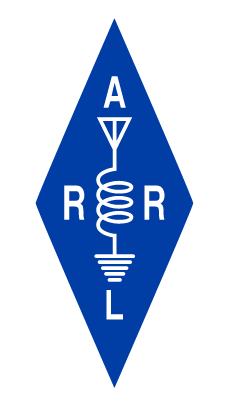Recently, Jeff, W4DD (Georgia) demonstrated his software for mapping RFI from power lines while mobile during a training session at Nearfest for three of New England’s RFI teams. Since then, team members have been building on Jeff’s work to use the team’s IC-705’s and antennas to develop another tool for the team’s RFI toolkit. Keith, W1KJR, and Jim, N1NK of the RI team have tested this Windows-based software tool for mapping power line and other RFI interference while mobile.
Keith will be presenting the results at the HamXposition on August 26, at the RFI team forum.
Najm, AB1ZA, of the Western Massachusetts team has developed RFI mapping software that will run on a rasperry-pi, a Linux laptop or a Windows laptop. Najm will demonstrate this software at another forum.
The mapping software will likely prove a valuable tool for reporting power line RFI issues to utilities.
Thanks to these teams for their excellent work!
